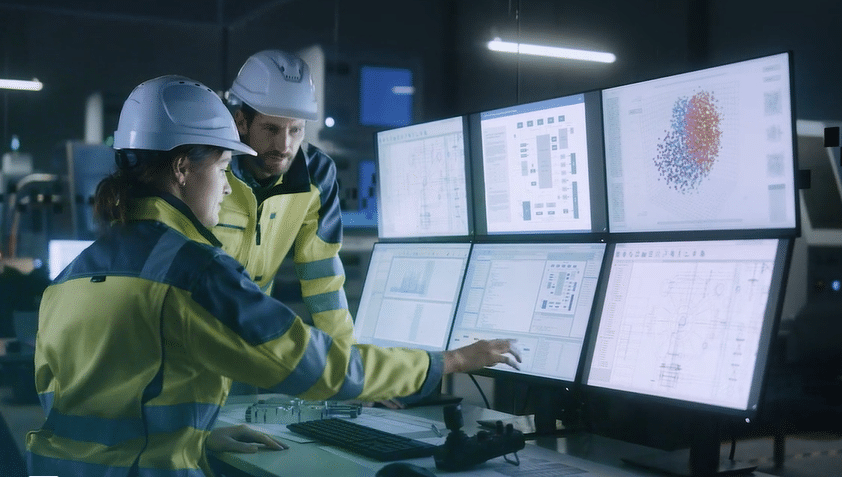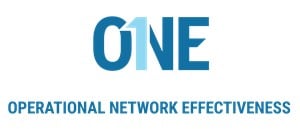Industry 4.0 and 5.0 are huge topics in manufacturing. From robots to switches to AI, we’ve created somewhat of a buzzword soup that can make it difficult for manufacturing leaders to decide where to start. While there are as many ways to approach industrial automation as there are companies wrestling with it, the starting point for every organization should be the network – the entire infrastructure that determines how well every component does the job it’s designed to do.
Ted Davis is an Industrial Networking Specialist at Agilix Solutions who spends much of his time in our customers’ plants assessing networks, answering questions, and offering advice as manufacturers look to make the best network decisions for their operation. Over time, Ted’s noticed there are a lot of commonalities among the questions manufacturers have. This blog and video cover the first in a series of questions Ted aims to answer for manufacturers looking to take the right first (or next) step in their industrial automation journey.
In this first edition, we’ll explore the difference between enterprise networks and industrial networks, and why it’s important to design a network for the job it’s intended to do.
Consideration #1: The Standards
The defined standards for plant networks come from the Open Device Vendor Association (ODVA), a standards-development organization whose members comprise the world’s leading industrial automation companies. Rockwell Automation and Cisco have created design guides to help practically apply different focuses within the plant network in a trusted and verified manner. Twenty different design guides have been developed, all focused on different elements of the plant environment. Not all design guides are used in all plants, but each plant has its own targeted Converged Plantwide Ethernet (CPwE) design guides to follow when the plant network is being designed or assessed.
These design guides set the standards for network requirements of specific industrial equipment and processes.
Consideration #2: The Physical Environment
The second consideration for an industrial network is the physical environment of the plant, and how the network should be built to best operate in that environment. The environment is measured in four different components: mechanical, ingress, chemical and climate, and electromagnetic. This is a huge differentiator between industrial networks and enterprise networks. For industrial networks, it important to define the physical environment and understand how it affects the communication needed, so you can apply the correct physical media to make communication possible within it.
Consideration #3: Bottom Line Revenue
A high-functioning industrial network is one that goes virtually unnoticed. Communications occur between the machines without disruption or intervention, people are able to run the required processes smoothly, and you’re generating revenue. When these metrics are met, your network is doing what it can to deliver revenue. Applying the standards for your industrial network is critical to helping any industrial operation accomplish that task.
Consideration #4: Capital and Employee Risk

Consideration #5: Plant Outage Recovery
Think of plant outage recovery as a test that proves you followed the standards. When the standards are followed, the sources of outages are quickly identified and far more easily mitigated. There’s a shared protocol that dictates where to look and how to address it. If you don’t follow the standards, troubleshooting becomes an educated guessing game and presents a real challenge to emerging from an outage. CPwE lays out a defined standard that allows you to quickly identify the source of a problem, remediate it, and bring your equipment or process back online without affecting the rest of the plant.
Is Your Industrial Network Up to the Challenge?


